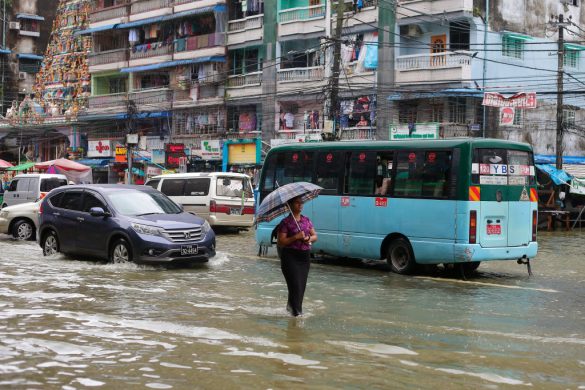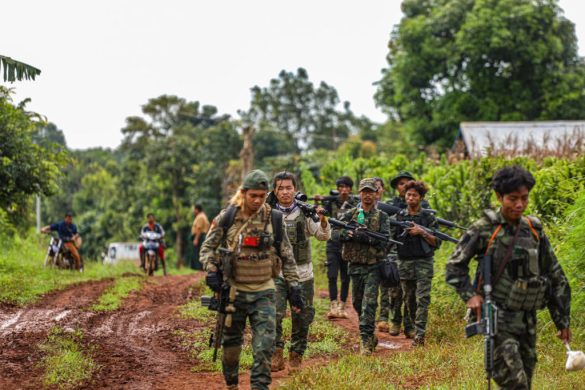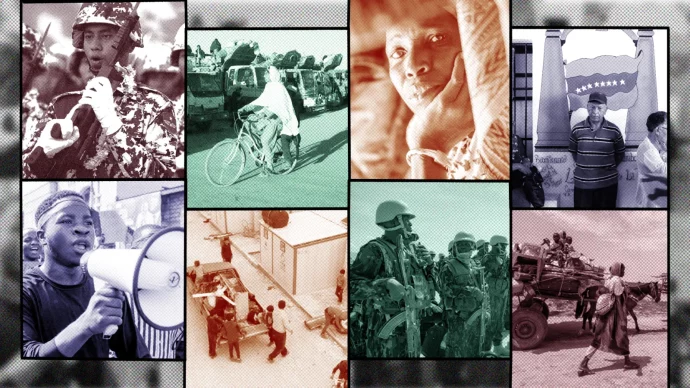NEW YORK, 3 August 2015 (UN News): Myanmar has suffered heavy rains, winds and flooding since Cyclone Komen made landfall in Bangladesh on 30 July, causing landslides and damage in different parts of the country, according to United Nations agencies.
“The floods are hitting children and families who are already very vulnerable, including those living in camps in Rakhine state,” said Shalini Bahuguna, from the UN Children’s Fund (UNICEF). There are 140,000 displaced children and families in Rakhine alone.
“Beyond the immediate impact, the floods will have a longer term impact on the livelihoods of these families,” she warned.
200.000 har brug for hjælp
According to the Myanmar Government, 39 people have died and over 200,000 people across the country are in need of lifesaving assistance. Twelve out of Myanmar’s 14 states and regions have been affected by the rains.
On 31 July, President U Thein Sein issued a statement declaring natural disaster zones in four regions, including Rakhine, where access is limited due to flooding, road blockages and landslides.
“Initial reports indicate that there is extensive damage to shelters and other infrastructure in camps around Sittwe [Rakhine’s capital], where some 100,000 displaced people are staying,” stressed the UN Office for the Coordination for Humanitarian Affairs (OCHA) in an update from 30 July.
Limited information is available at this stage of the situation in Magway region and Chin state. In one township alone in Magway, around 70 villages are reported to be affected by floods and people in the area being relocated to schools, monasteries and other safe locations. In Chin state, at least 100 houses reported have been destroyed by landslides, pointed out OCHA.
Local authorities, the Government, the military, as well as the Myanmar Red Cross Society and local civil society organizations, with support from the UN and international organizations, are responding to the floods in different parts of the country, carrying out rescue operations and providing food, water, blankets, medical and other basic necessities to those affected.
Myanmar is prone to natural disasters such as floods, cyclones and earthquakes. There is a need for more resources to scale up disaster preparedness, and to improve community resilience. The heaviest affected areas are among the poorest states in Myanmar, a country where nearly 70 percent of people live close to the $2-per-day poverty threshold, and children make up 34 per cent of the population.















